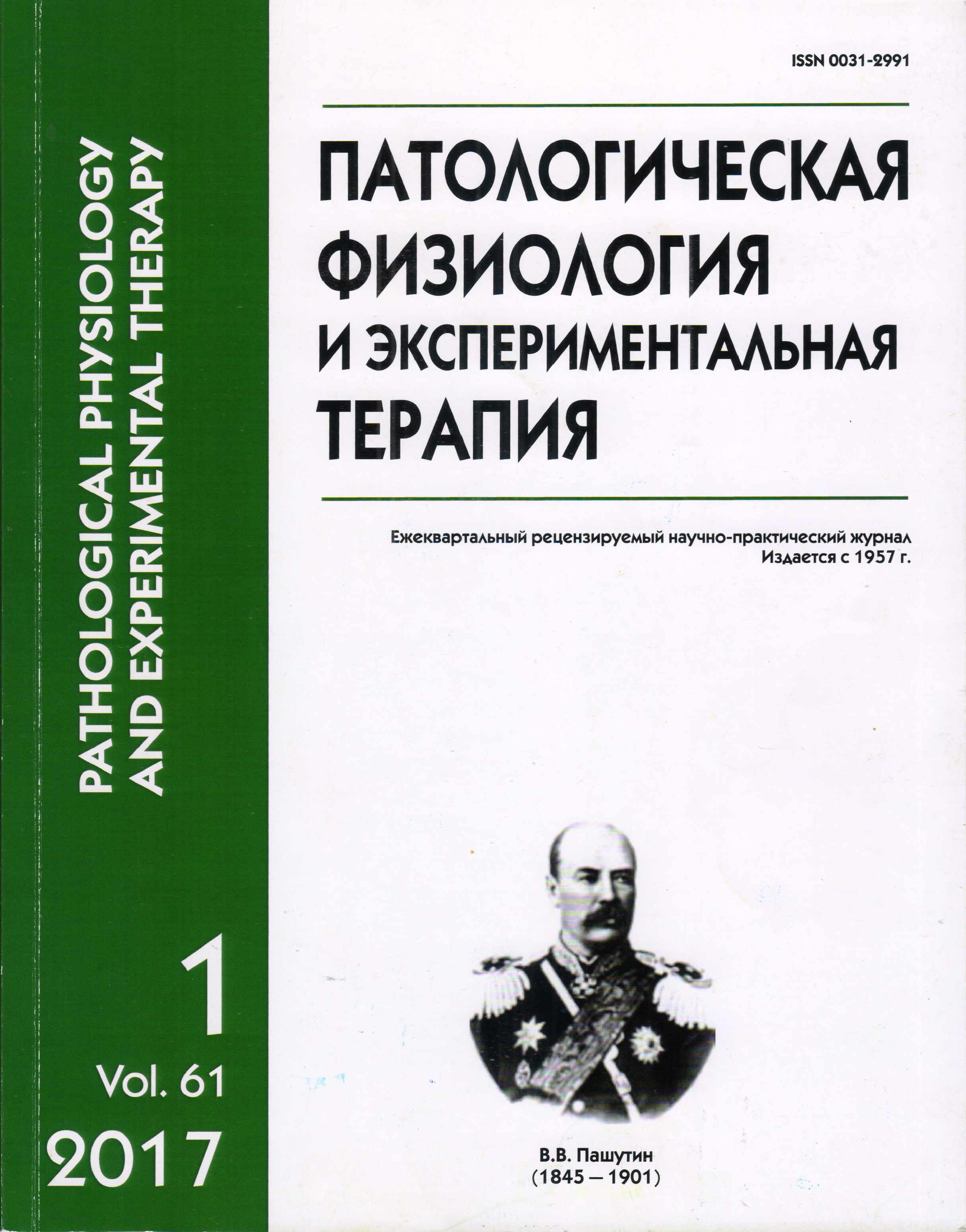The role of gut microflora in the mechanisms of liver damage in chronic hepatitis B and C
Abstract
The purpose — to establish the role of violations microbiocenosis colon in the mechanisms of liver damage in chronic hepatitis B and C. Methods. The study of the composition of the intestinal microflora, the content of some pro-inflammatory cytokines (IL-1 and TNF-a) in patients with chronic hepatitis B and C. Results. In the present study, the authors show the composition of the intestinal microflora, the content of certain pro-inflammatory cytokines (IL-1 and TNF-alpha) in patients with chronic hepatitis B and C. It has been shown that with increased enzymatic activity of blood serum and bilirubin metabolic changes (high levels of total and direct) were revealed disbiotic disorders of the colon with reduction in the number of representatives of obligate microflora: bifidobacteria and lactobacilli. It is also noted the increase number of opportunistic (Candida fungi, Proteus and Clostridium) microorganisms. The appearance of the microflora representatives with signs of exo- and endotoxicity resulted in cell membranes of the intestinal epithelial cells damage, cytolysis, which manifested itself in violation of the sorption capacity, disruption of nonspecific protection factors and reduced number of active phagocytes. Violation of the microorganisms participating in protein metabolism leaded to the reduction of apo A and apo B lipoproteins content. Inhibition of neutrophil function (reduced percentage of active neutrophils) and a sharp decline in sorption activity of enterocytes in patients with chronic hepatitis B and C show the development of conditionally pathogenic microorganisms translocation into the bloodstream and increase the permeability of the intestinal wall for endotoxins of gram-negative bacteria. Endotoxins interact with the macrophages of the liver, causing the release of proinflammatory cytokines (TNF-a and IL-1), which, in turn, increased the liver damage.






